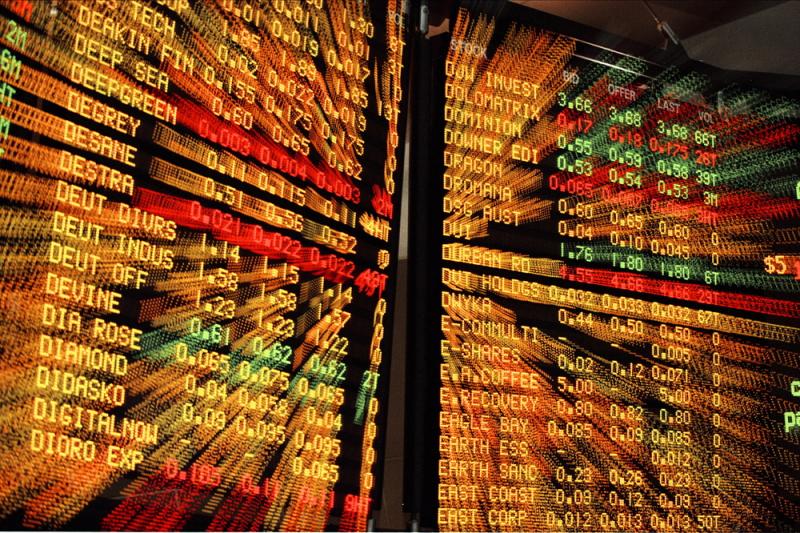
The abbreviation “ASX” stands for Australian Securities Exchange, which is the primary exchange for Australian stocks based in Sydney. The “ASX200” is a benchmark index that was created in the year 2000 and consists of the 200 largest public companies by market capitalisation listed on the ASX. As with all indices, the ASX200 is measured in points and tracks the combined movements of all 200 stocks within the index. Daily changes to the index are measured in points or percentages. The ASX200 performs quarterly rebalances, where the index adds and removes firms that have qualified or no longer qualify as ASX200 companies using the previous six months data.
To be included in the ASX200 a stock must satisfy three conditions:
Note that these three conditions are required for inclusion into the ASX200, however if an existing ASX200 company falls outside of the conditions temporarily, it does not mean that it is immediately excluded from the index. The index is rebalanced quarterly.
The ASX50 is made of the top 50 largest companies on the ASX, the ASX100 is made up of the top 100 and the ALLORDS is made up of the top 500, as measured by float-adjusted market capitalisation. As with the ASX200, the ASX50 and ASX100 both focus on market capitalisation, and liquidity. The ALLORDS focusses only on market capitalisation and does not consider liquidity. All indices are rebalanced quarterly, using the previous six months data.
The ASX200 is made up of 10 sectors, Energy, Materials, Industrials, Consumer Discretionary, Consumer Staples, Health Care, Financials, Information Technology, Telecommunication Services, and Utilities.

The index has 10 sectors however is significantly dominated by two, Financials and Materials. Financials alone make up approximately 47.2 per cent of the index and include companies such as the major banks. The Materials sector makes up 14.5 per cent and include companies such as BHP and Rio Tinto.
Investing in the AX200 can be done simply by buying shares in any ASX200 listed company through a broker. For more information on buying shares read How to Buy and Sell Shares.
An investor can also invest in an Exchange-Traded Fund (ETF), which tracks the ASX200 as a whole and is traded like a common stock. ETF shares can be bought through your broker as with any common stock. Before buying into an ETF, investors need to consider the ASX200 sector makeup, as movements in the financial or material sectors for example, may have significant impacts on the value of the ETF.
Investing in the ASX200 can also be done via a fund manager. The fund manager can provide exposure to specific ASX200 stocks or exposure to ASX200 Index funds that track the ASX200 as a whole. Investors need to consider management fees before investing with a fund manager.
The ASX200 also offers the option to trade future contracts on the index. ASX200 future contracts can be bought or sold through any participating brokers such as CMC Markets or Intelligent Financial Markets. Future contracts can be bought for varying durations and can be sold before or at maturity. Future contracts do not require full payment upfront, rather an investor need only pay an initial margin, making futures generally a cost effective way to trade the ASX200.